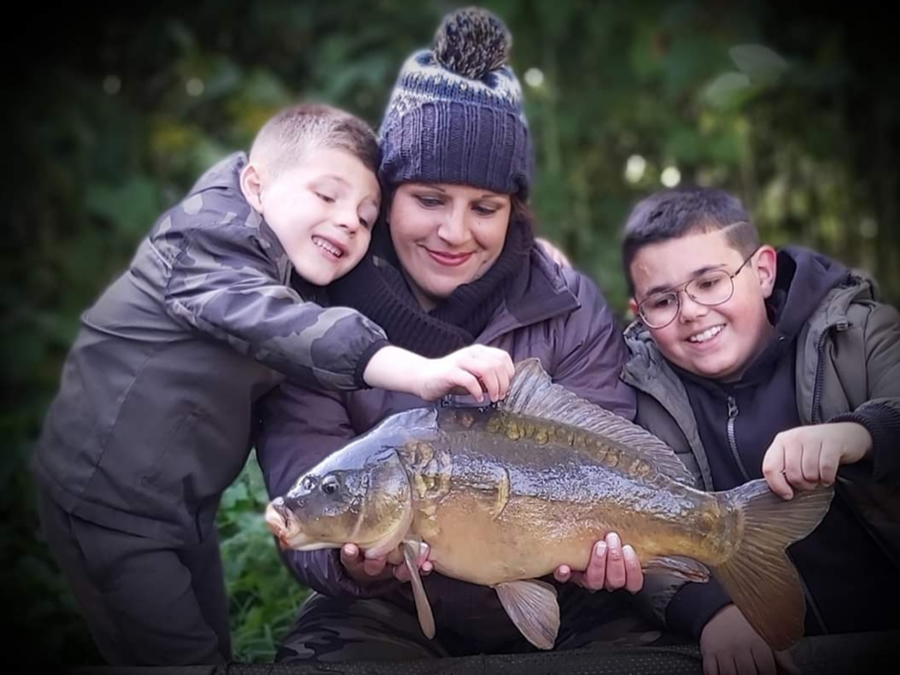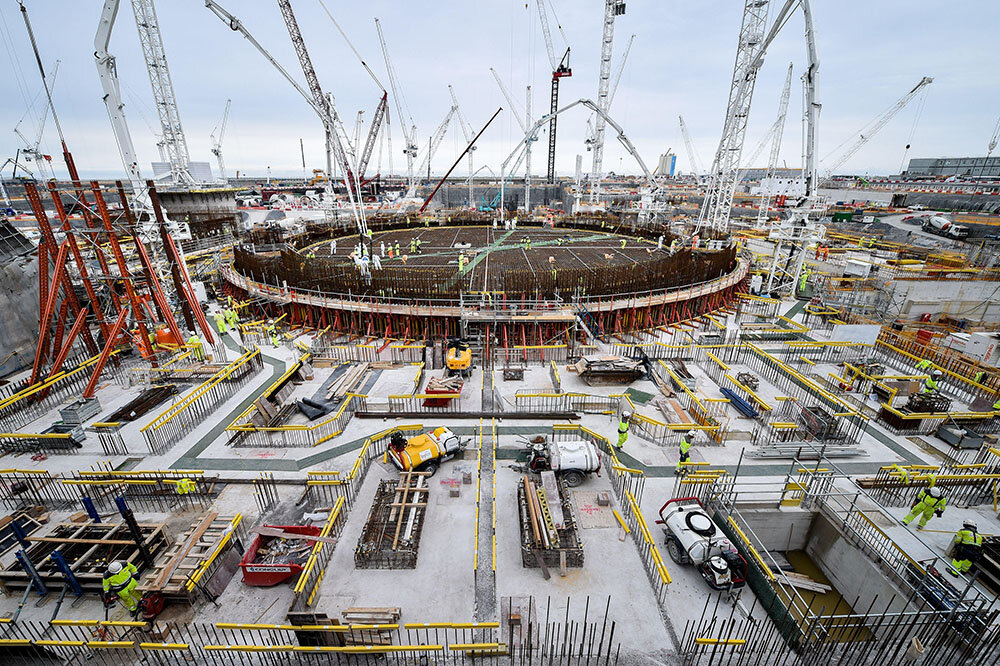
Blogpost
Hinkley Point C: a fish killing machine?
Lifelong angler and champion of angling in the Bristol Channel, John May has been leading the campaign against the proposed cooling water intakes for Hinkley Point C power station. As with the proposed power station at Sizewell, Suffolk, the operators, EDF, propose to use cooling water taken directly from the sea, a process that risks killing millions of fish a year.
As the Planning Inquiry into the removal of the acoustic fish deterrent system from the colling intakes begins, John sets out his personal experience of fighting EDF’s proposal and the damage the power station’s cooling water intake will do to fish populations and angling in the Bristol Channel and throughout the Severn and Wye catchment.
As President of the Burnham Boat Owners, Bristol Channel Federation of Sea Anglers and Vice President of Weston Super Mare Sea Angling Club, I have received many contacts from clubs and individuals asking about the impact of Hinkley Point C (HPC) power station on fish stocks. EDF, the builders and operators of the power station are wanting to remove their commitment to install Acoustic Fish Deterrents to help protect fish from being sucked into the cooling water in takes. Everyone, not only anglers and fishermen, want to know what is going on and the effect of whatever decision that is made.
Last summer the Environment Agency (EA), after long talks with EDF, indicated that they were unlikely to amend the original permit to extract water for cooling purposes without the Acoustic Fish Deterrents (AFDs) in place. The protection of marine life from the effects of the power station was a requirement of the original conditional approval. EDF then went over the head of the EA and lodged an appeal against their decision with the Government’s Planning Inspectorate (PINS). The planning inspector’s hearing is due in to last eight days in June.
Meanwhile work on the cooling in takes continued and in January EDF completed construction of the first of two 3km tunnels, one hundred feet below the seabed. The installation of the first of four Intake Heads, which will sit on the seabed, is programmed for later this year. This major civil engineering exercise will have serious ramifications locally. EDF are negotiating to dispose of circa 500,000 cubic metres of dredged material from this operation at either Cardiff or Portishead.
Each Intake Head weighs in at 4,500 tonnes and measures 35 metres long. Each side is open and they lay with the tide. There are bars along each side at 300mm centres to prevent large debris, seals, fish etc from entering. At low water spring tides they sit in only six metres of water and the top is four metres above the sea bed (meaning at very low tide the top of the intakes are only two metres below the surface).
The four heads take in 3,500,000,000 gallons of water a day together with any marine life that comes with it – from eggs and fry, prawns and crabs to any fish that can be dragged between bars.
Independent assessments of the impact of the Hinckley Point C intakes show the impingement (intake) of marine life, including fish, into the cooling system will be over 1.7 billion individuals a year. For comparison, this is four times greater than the current intake of fish and crustaceans by Hinckley Point B.
But it is far more than just the AFD installation that we should be concerned about with regards the fish and crustacean kill – the forth coming planning inquiry at which a number of NGOs and fishing interests will be represented, may be the last opportunity that we have to air our views.
I have spoken about the killing of fish and marine life and met with experienced people connected to nuclear power stations, local NGOs, the Angling Trust and members of my own fishing club that have worked at HPC. All have added to my comments and observations. All fear the consequences of the HPC scheme even before the request for the removal of the AFDs was made.
EDF have published thousands of pages of information to support their so called “fish friendly” measures. All is disputed and my fear is that the impact is being seriously downplayed. I am not against Hinckley Point C itself. This is not about stopping the building of a nuclear power station. It is about the impact on the fish and marine life of the Bristol Channel and Severn Estuary, which we must not forget, is meant to have some of the highest levels of environmental protection there is. The EA, CEFAS and EDF need to be straight with the public and fulfil their responsibility to protect the marine environment. Some kill is inevitable but not to this extent.
I am so annoyed at the way that the mighty EDF advised by CEFAS have given out so much misinformation to the public and the way that they seem to be manipulating the process. They both know the process inside out. For many anglers and the public it is highly technical and confusing.
The effects of HPC will be felt throughout the channel on both the Welsh and English waters for at least the next 70 years. We must get it right or it will slowly and continuously take a massive toll on the environment just like HPB has been doing.
It is only now we are aware of the historic HPB mortality figures, which I can relate to the demise of some of our local stocks of flounder, whiting and prawn and shrimp etc.
Please read my layman’s view of the process, from inlet to outfall, to form your own opinion.
I leave the technical, legal and procedural issues of which there many to others more qualified.
JOHN MAY
You might also like
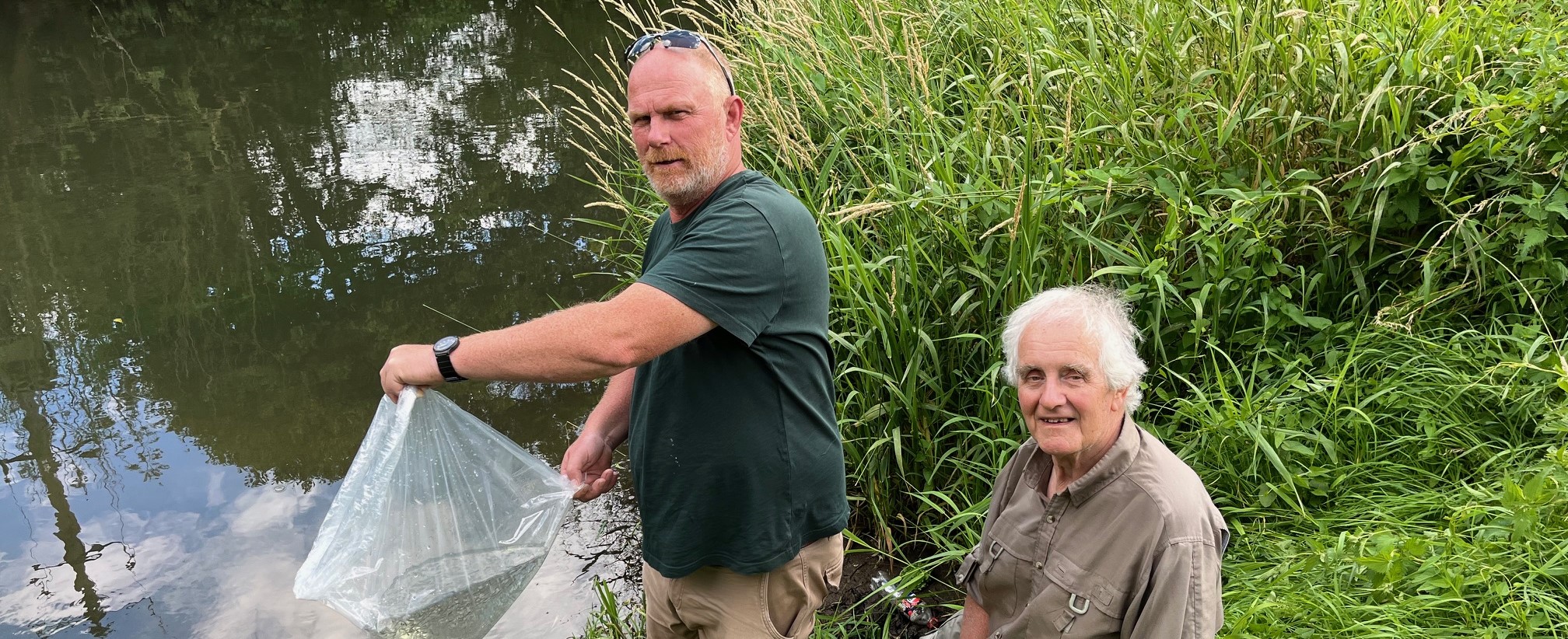
New Kennet Hatchery Releases First Reared Fish

Fishing Books for Kids

UK Recreational Catch-and-Release Bluefin Tuna: A step closer to…
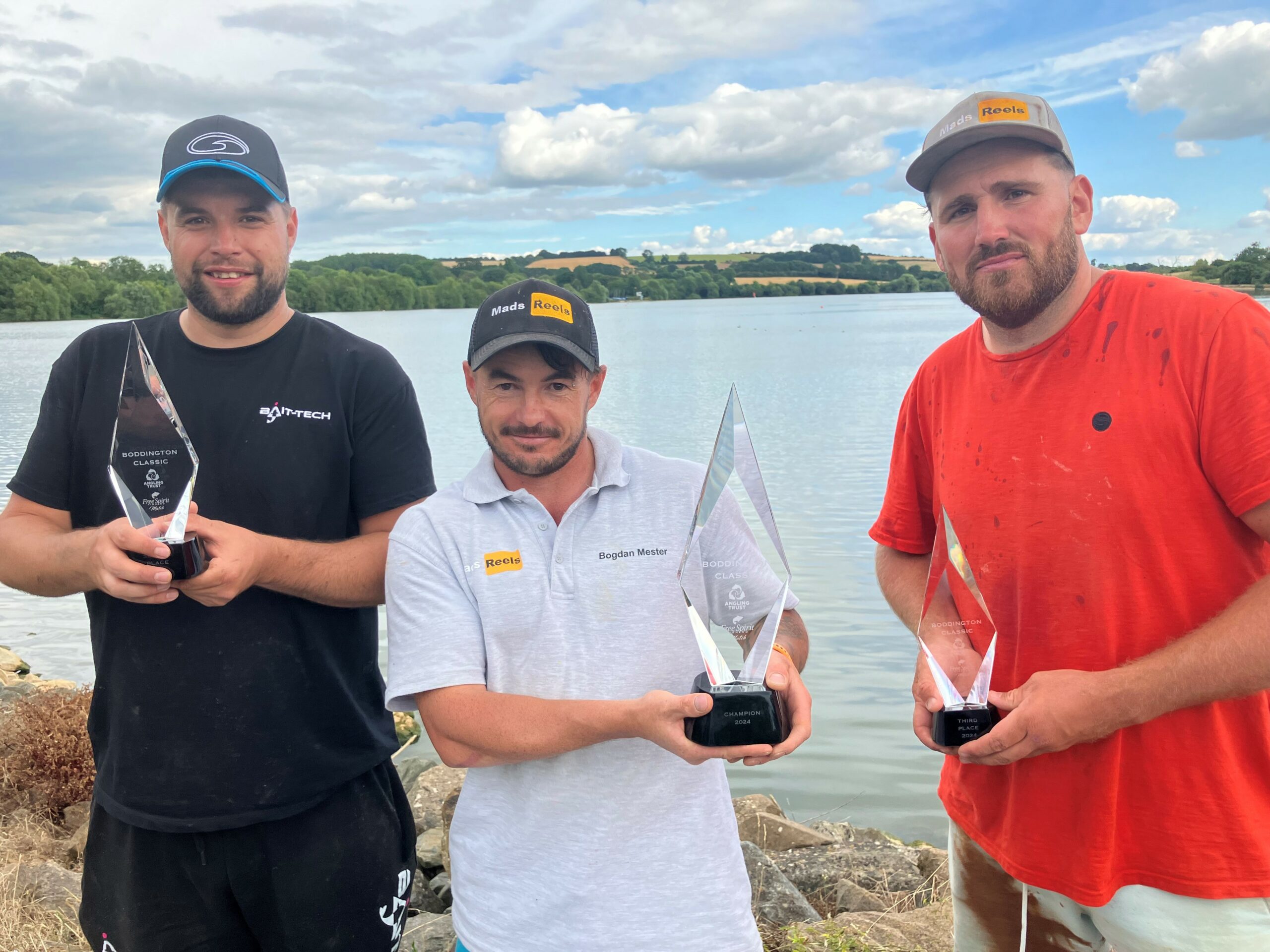
MESTER THE MASTER AT FREE SPIRIT MATCH BODDINGTON CLASSIC…
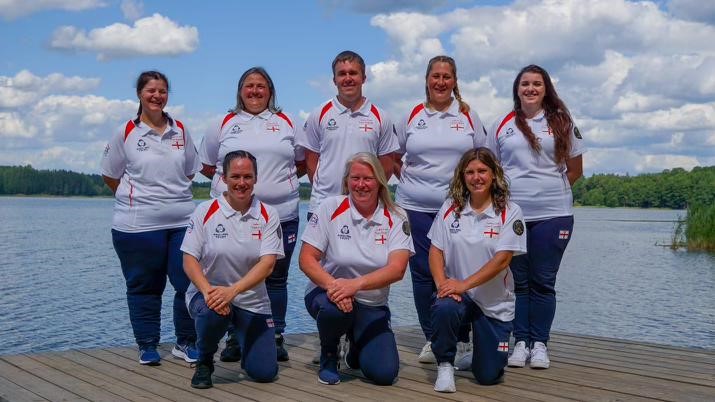
ENGLAND LADIES CARP TEAM MISS MEDAL ON TOUGH LATVIAN…

Angling Trust urges government to go further and faster…

ENGLAND YOUNG GUNS LEAD THE WAY IN HOME NATIONS…

AMAZING ENGLAND COMEBACK SECURES EURO CHAMPS BRONZE

ELLIOT BAGS THIRD NATIONAL WIN AT MARSTON!

PATIENT APPROACH WIN WOMEN’S NATIONAL FOR LEANNE!

Take a Friend Fishing
27th July to 1st September…



